If there is a heart in the home, it’s the kitchen. It’s where everything happens: meals are cooked, mouths are fed, bodies are nourished, plans are made, homework gets done and, inevitably, it’s where everyone gathers at any party you throw. The kitchen is a vital part of your house operation, and for that reason, I love helping my clients get this space organized so it can serve them at its maximum efficiency!
There are four principles to follow as you engineer (or, what I do with my clients, re-engineer) your kitchen.
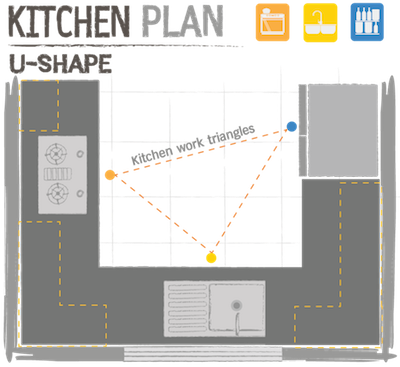
Principle #1: Kitchen Triangle
First, there is the kitchen triangle principle, which your home’s architect or contractor will have applied to design your kitchen’s layout. The kitchen triangle is the relationship between your cooktop, refrigerator and sink/dishwasher. Once you can visualize that diagram, it will help you define the spaces in your kitchen and the roles each area will play.
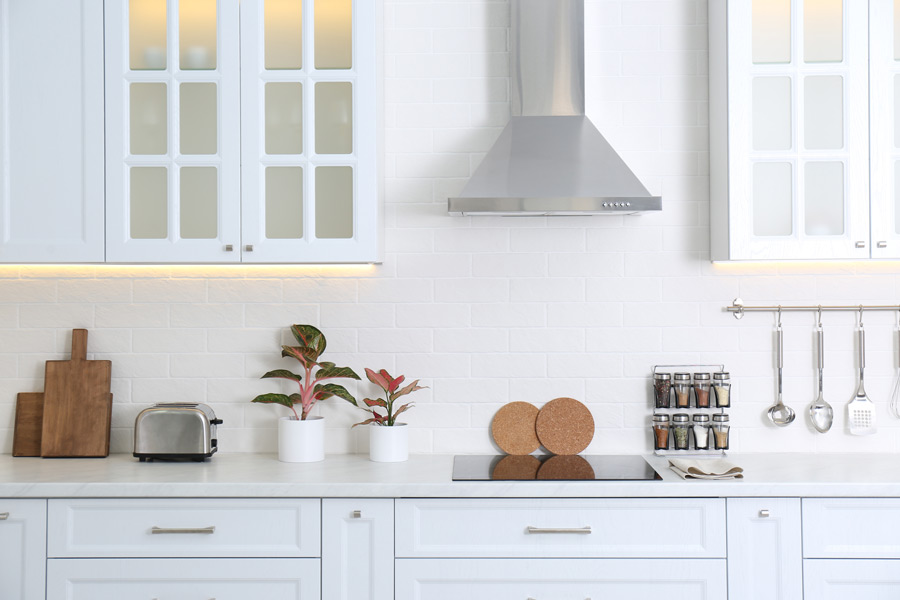
Principle #2: Stations of Activity
This is where the fun begins! What will happen on your kitchen countertops? I help my clients visualize where they would go for coffee, make their power shake, slice/toast bread, cut vegetables for a stir-fry, roll out pastry for a pie or put food on serving platters for their family and guests. The following countertop stations should be assigned at the outset of your kitchen organizing project:
- Coffee/Tea
- Food Preparation
- Cooking
- Baking
- Serving
- Storing
You also need to think about which appliances are used frequently to merit a spot on the countertop: your coffee maker, blender, toaster and so on. For all other appliances that don’t meet that frequent use requirement such as a mixer, food processor or juicer, we look for places to store those appliances elsewhere. So let’s move on to storage!
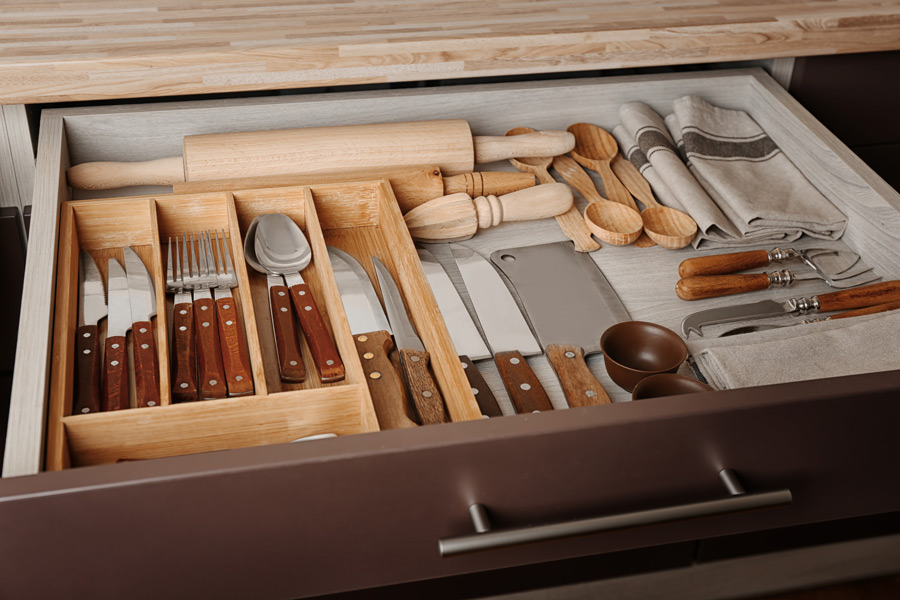
Principle #3: Zones for Storage
Once you have outlined the kitchen triangle and assigned roles to your countertops, you can then determine which items are stored in the cabinets above and drawers below. For example, coffee cups should be placed above (or at least near) the coffee maker. Glasses should be in a cabinet where it’s relatively easy to reach for a glass to fill with water or a beverage from the refrigerator. Silverware and dishes should be stored near the dishwasher so it’s easy to unload.
As you think about each item in your kitchen arsenal and where to store it, divide your kitchen tools into four basic categories for storage:
- Prep
- Cook
- Serve
- Store
At this point, it will all become clear. Food preparation tools like knives, measuring cups and mixing bowls should be in drawers or cabinets under or near the countertop where food is prepared. Pots and pans should be located near the stove and oven. Serving dishes can be stored farther away from the action where you will plate food for serving. Finally, storage wraps and containers should be kept in a more central spot where you would most likely transfer food from a casserole or cover a bowl with plastic wrap before putting it in the refrigerator. You can read more about my advice on how to store items in the storage category here.
You may have to make some compromises if one item (e.g. the coffee maker) is farther away from where you’d ideally like to store its companion pieces (e.g. the coffee cups), but make choices based on what makes most sense and how often you’re using that item. Which leads us to…frequency of use!
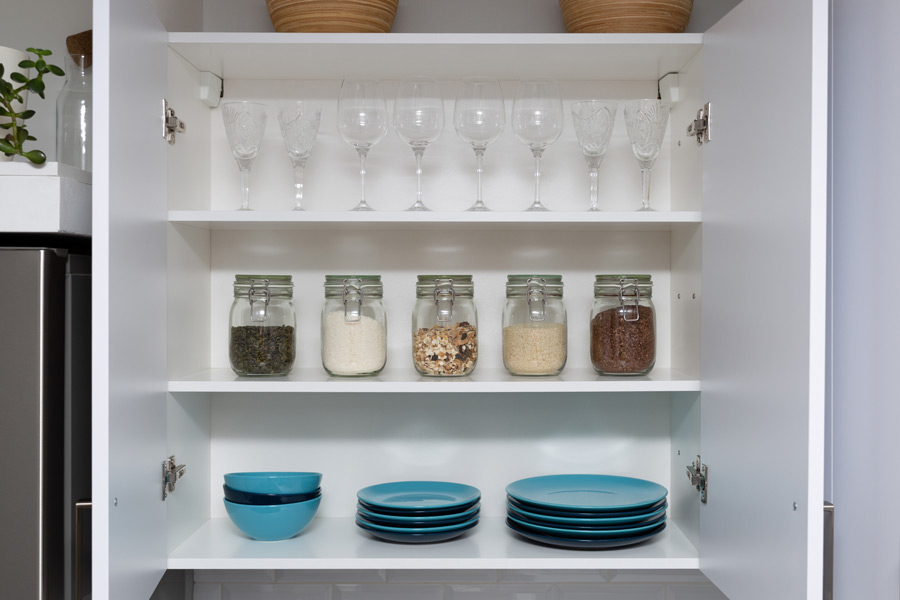
Principle #4: Frequency of Use
The last principle to keep in mind is that items should be stored based on how frequently you access them. If it’s used daily, it gets the front-and-center spotlight. If it’s something that only comes out for holidays or very special meals, it can go on a high shelf or deep into the back of a cabinet. I wax poetic on where items should be stored in this previous blog post.
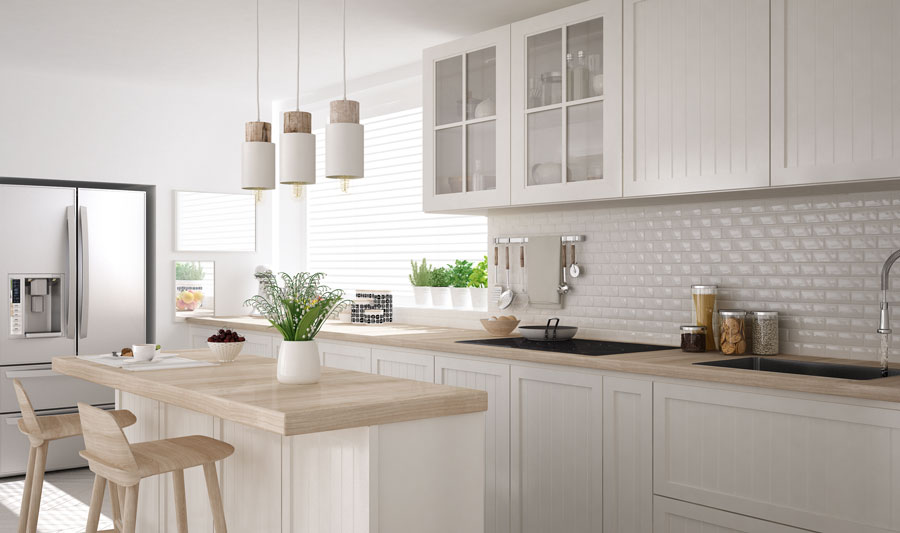
So there you have it! Your kitchen organization is now all sorted out. May you have fun taking a new look at this important room of your home and how you can make it work better for you.
Do you have a best practice that you have used to help organize your kitchen? I’d love to hear! Please share in the comments below.


 Matt Ragland on Unsplash
Matt Ragland on Unsplash
I love how you have set up for organizing success. Knowing these 4 zones helps us all make the best use of space.
Thanks, Ellen! Yes, identifying those 4 zones, categorizing the items that go into each zone and storing them strategically within that zone will put *you* “in the zone” for organized kitchen success!